
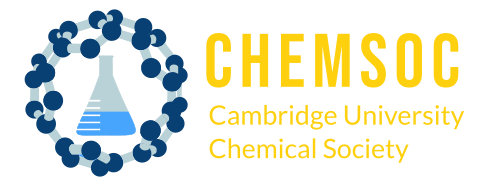
Executive Committee
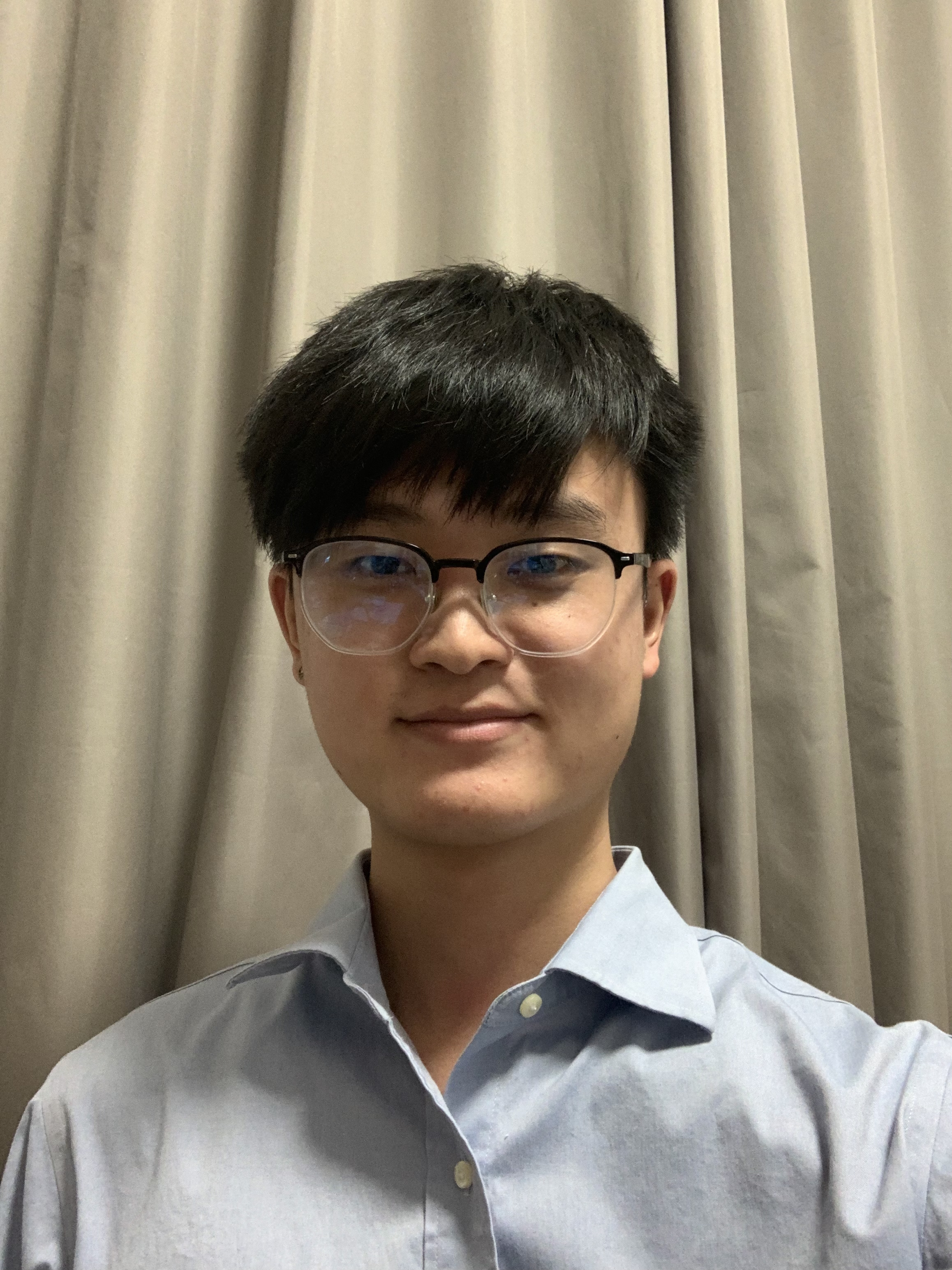
Co President
Difei Chen
St. Catharine's
Call me: Difei
.
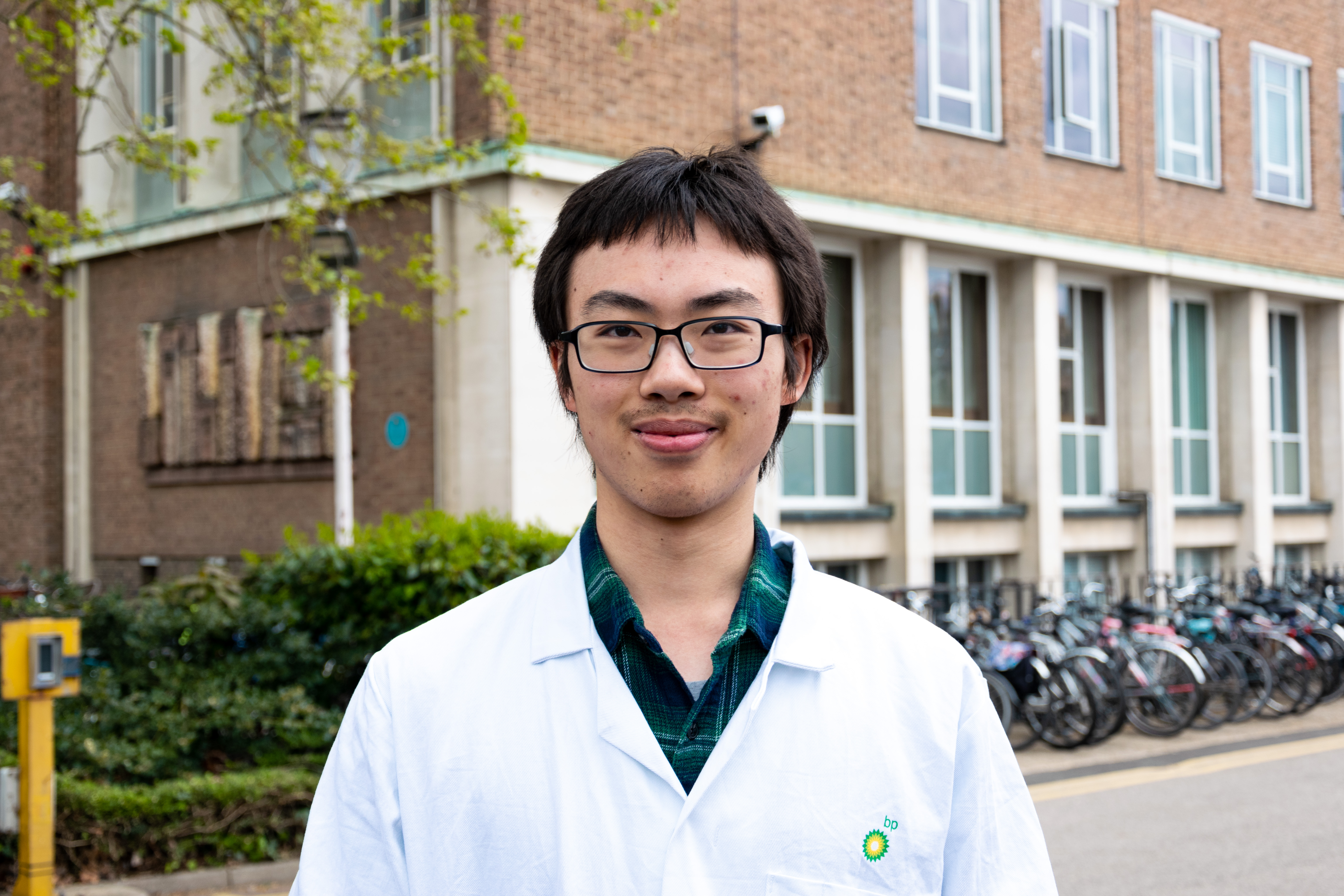
Co President
Yizhe Low
Clare
Call me: Matthew
.
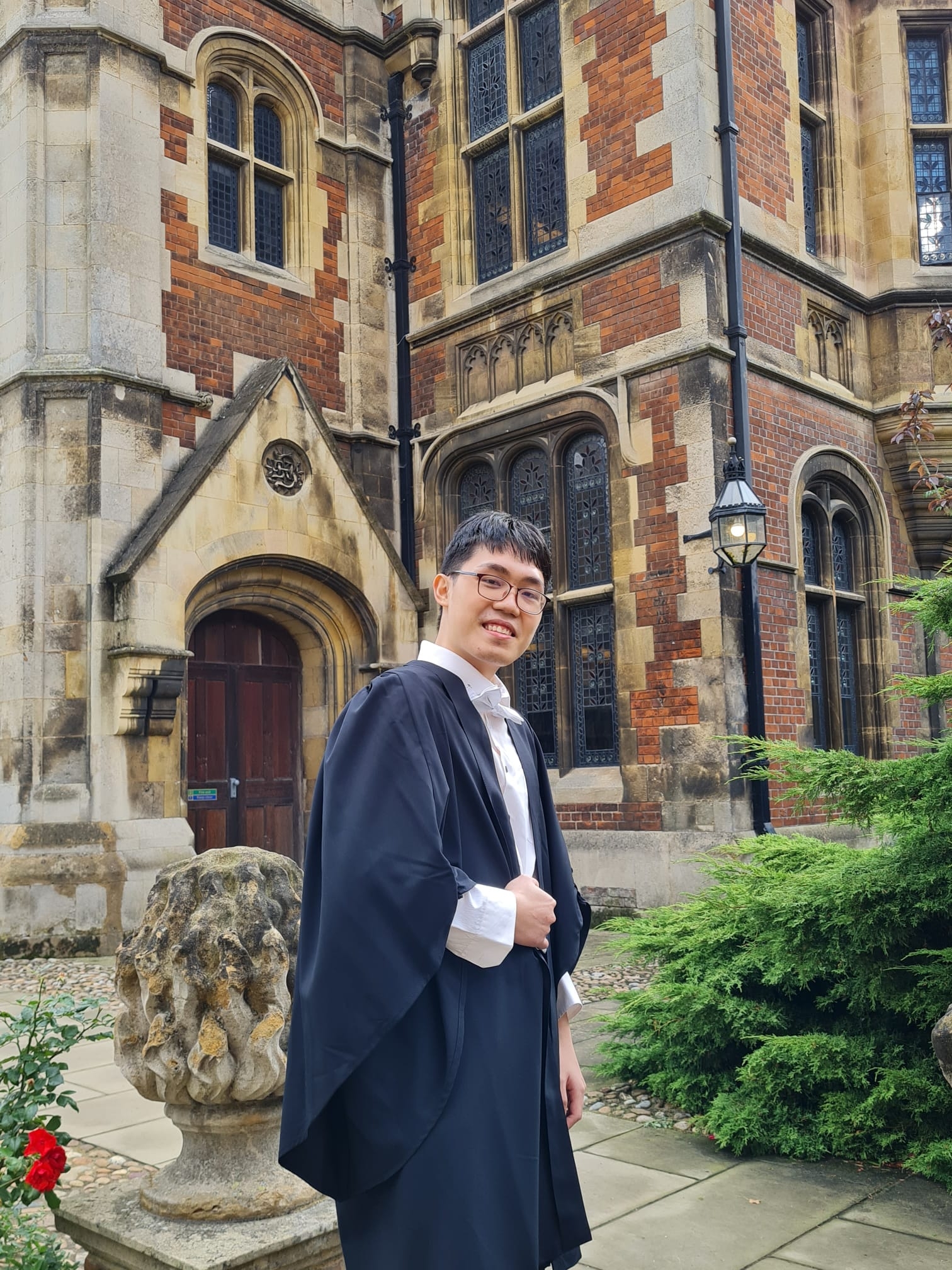
Publicity Officer
Zhi Yan Lee
Homerton
Call me: Zhi Yan
.
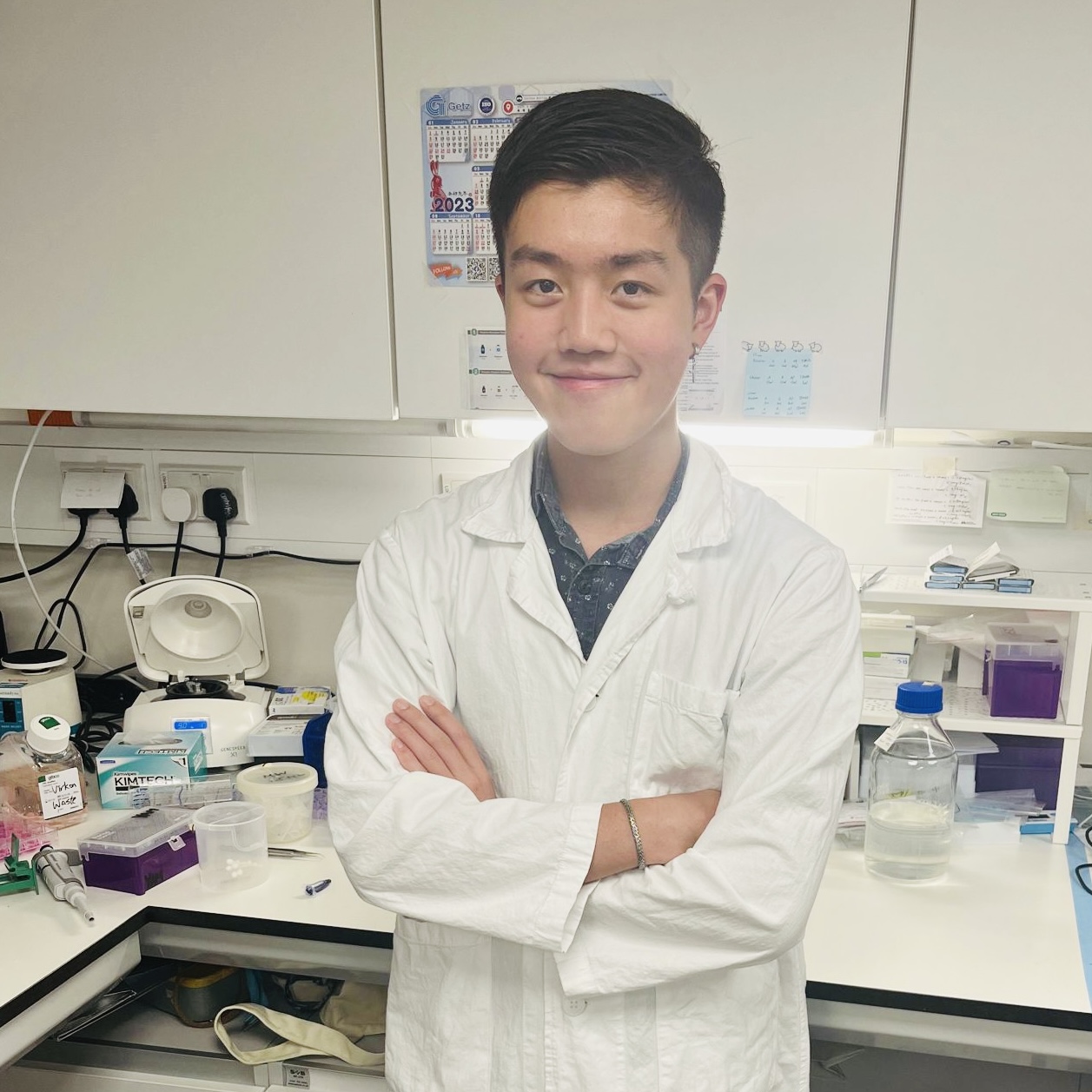
Inclusion and Outreach Officer
Nathan Ng
.
Call me: Nathan
.
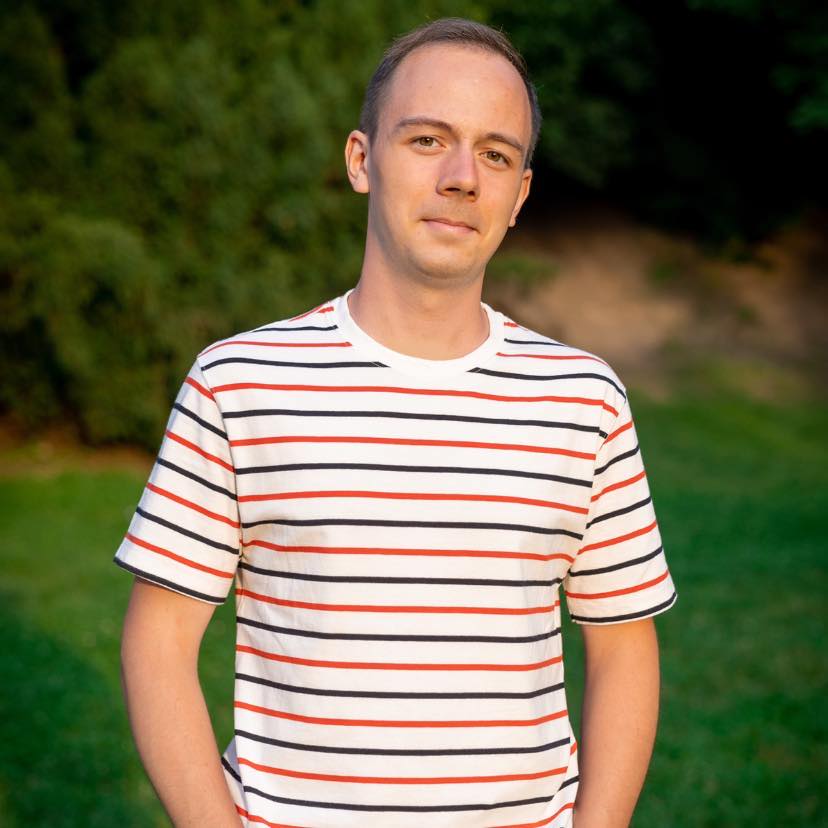
Secretary
Dănuț Murariu
St. John's
Call me: Dan
.

Treasurer
Kevin Xu
St. Catharine's
Call me: Kevin
.
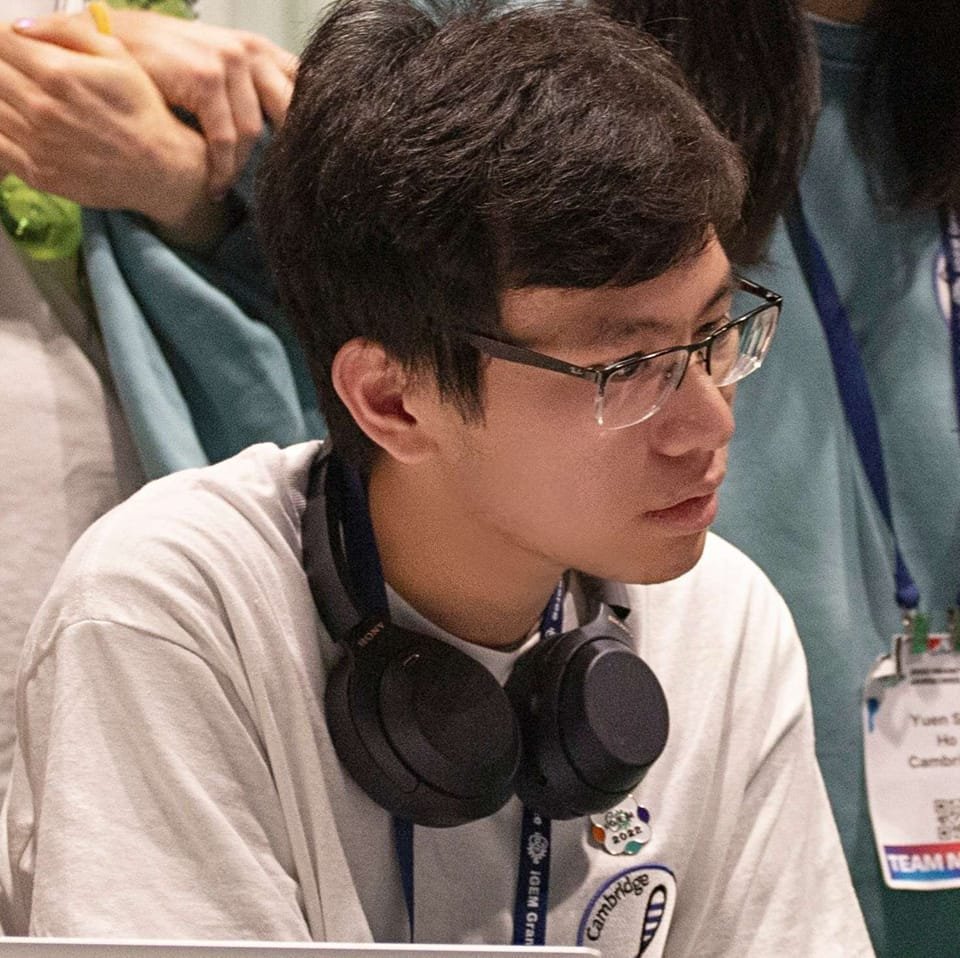
Sponsorship Officer
Anh Phung
St. Catharine's
Call me: Anthony
.

Publicity Officer
Hannah Osmany
.
Call me: Hannah
.

Logistics Officer
Ryan Chung
.
Call me: Ryan
.
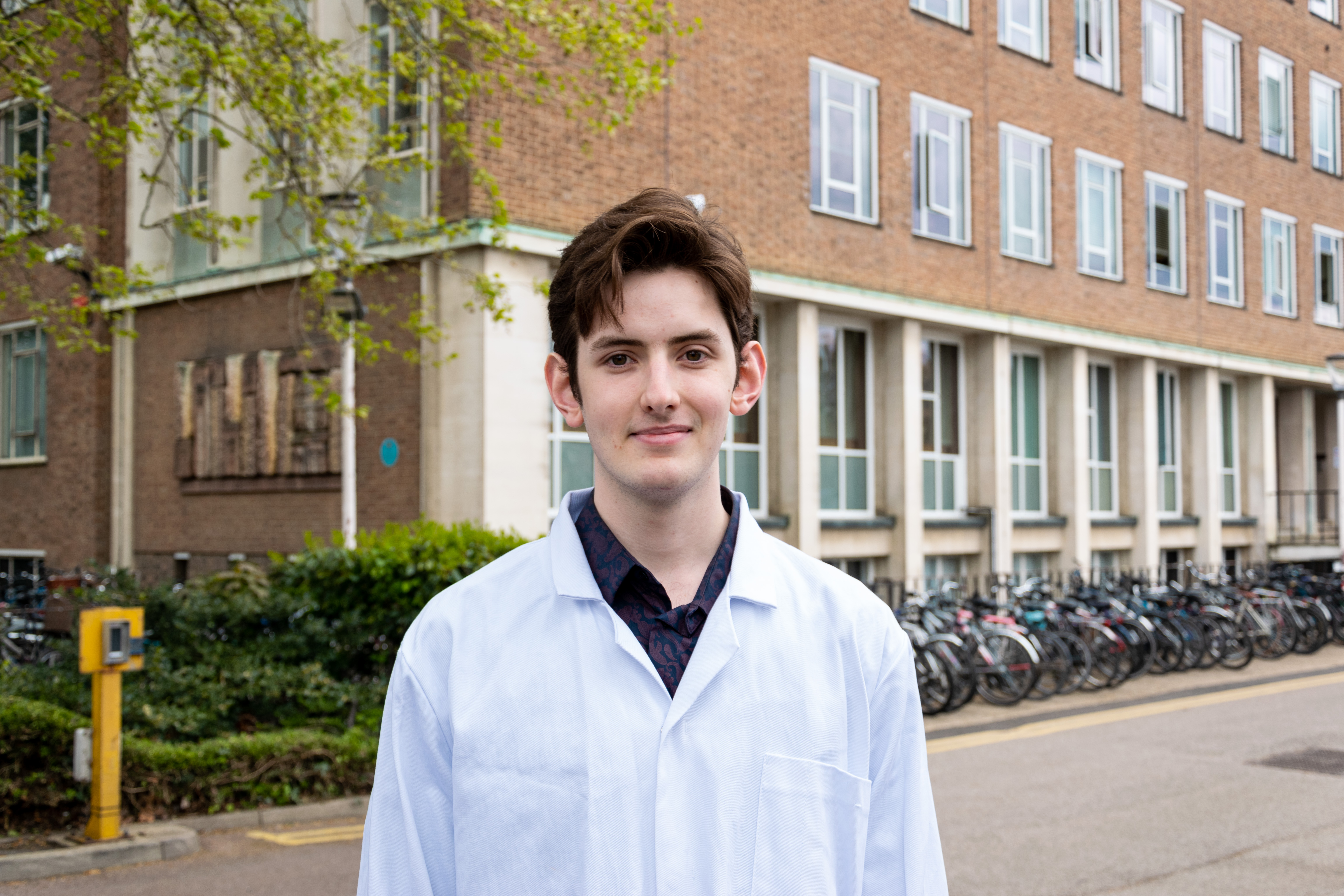
Webmaster
Agustin Lorusso Notaro Francesco
St. Catharine's
Call me: Gus
.
The committee is elected every year at our AGM.
Our constitution outlines how ChemSoc is run.